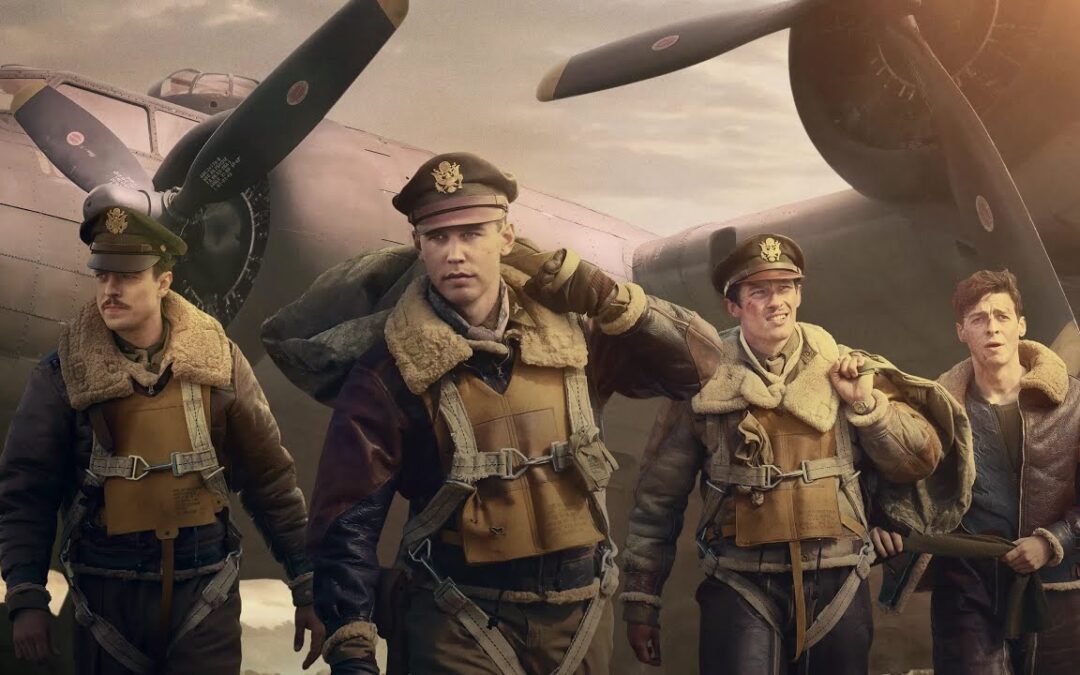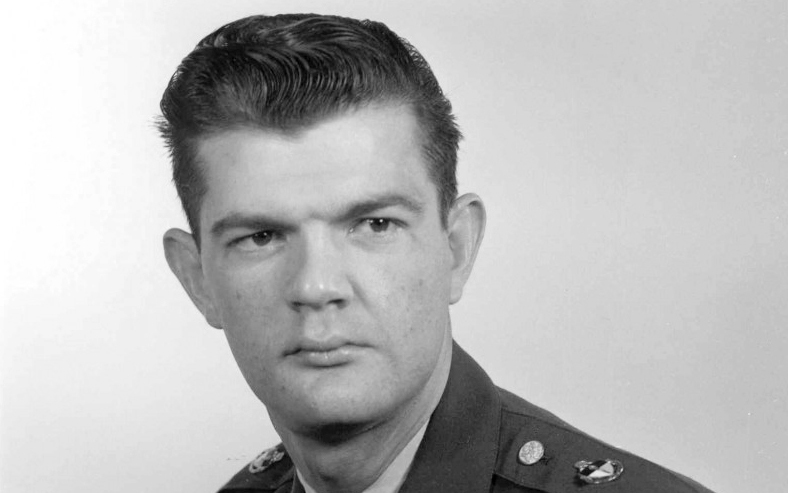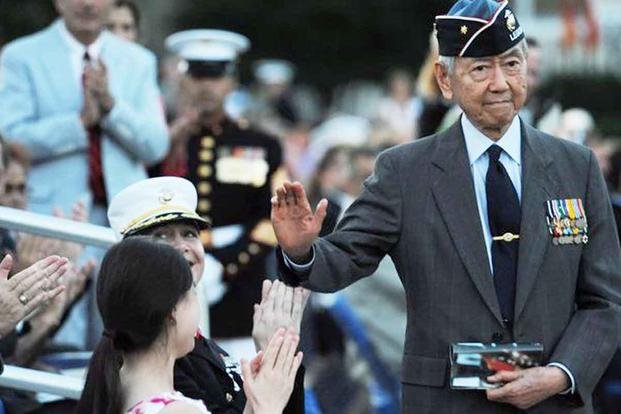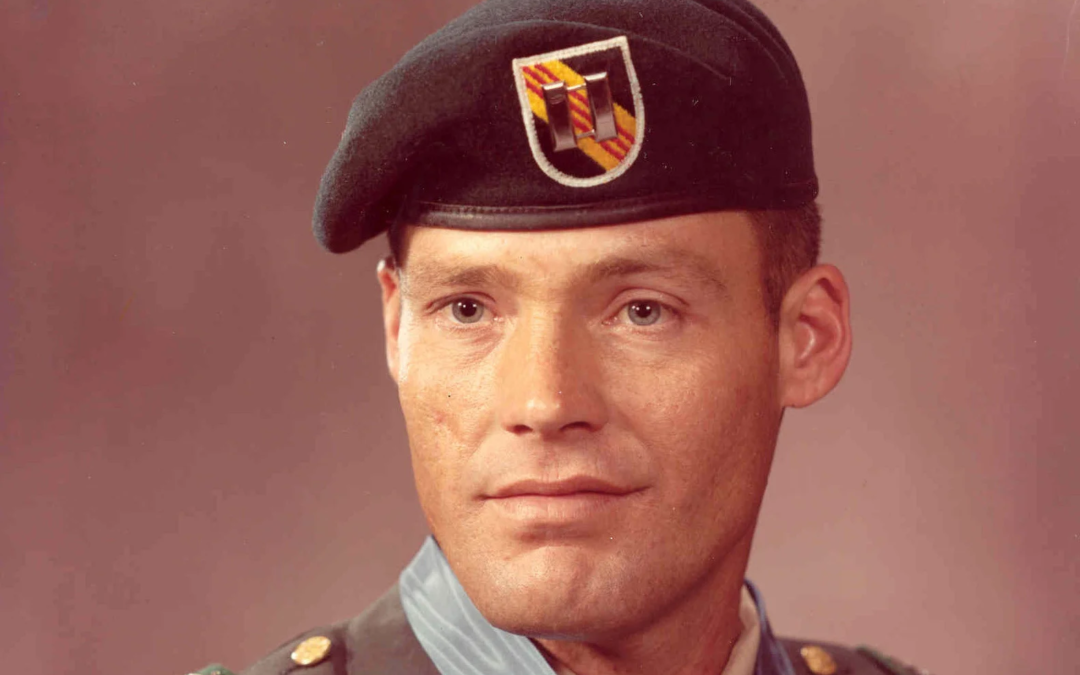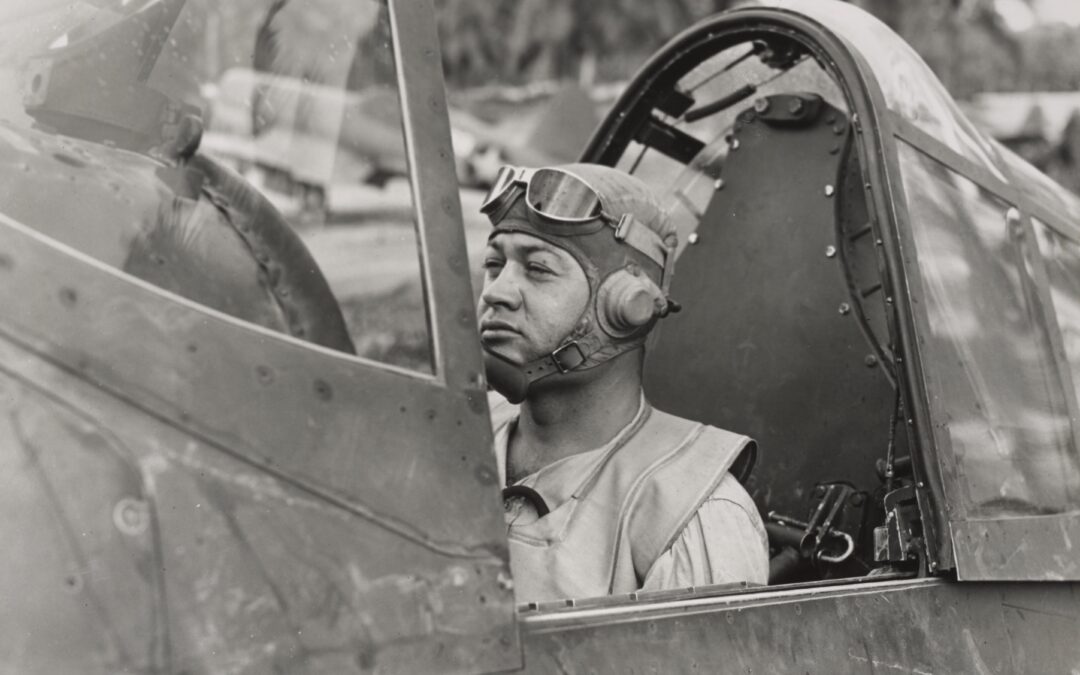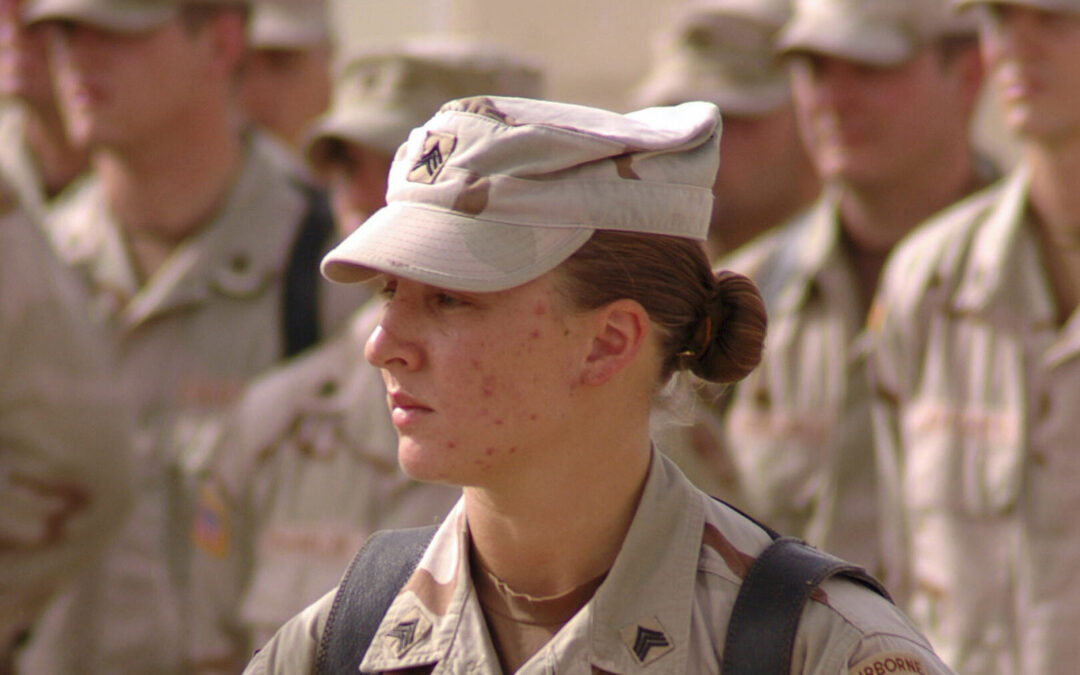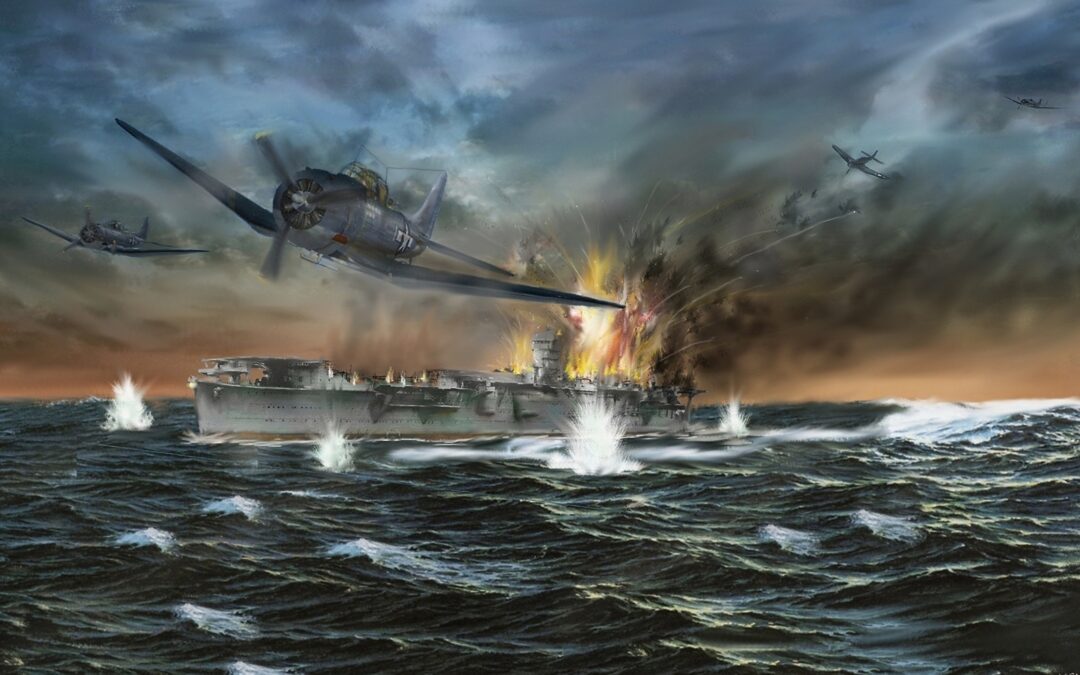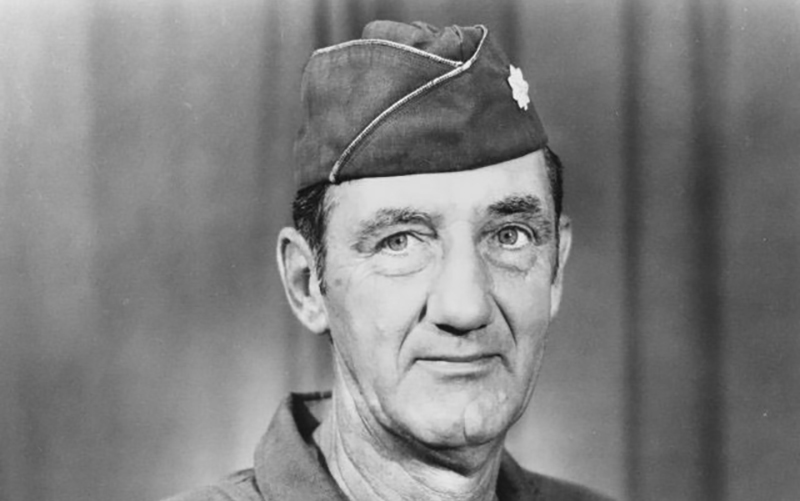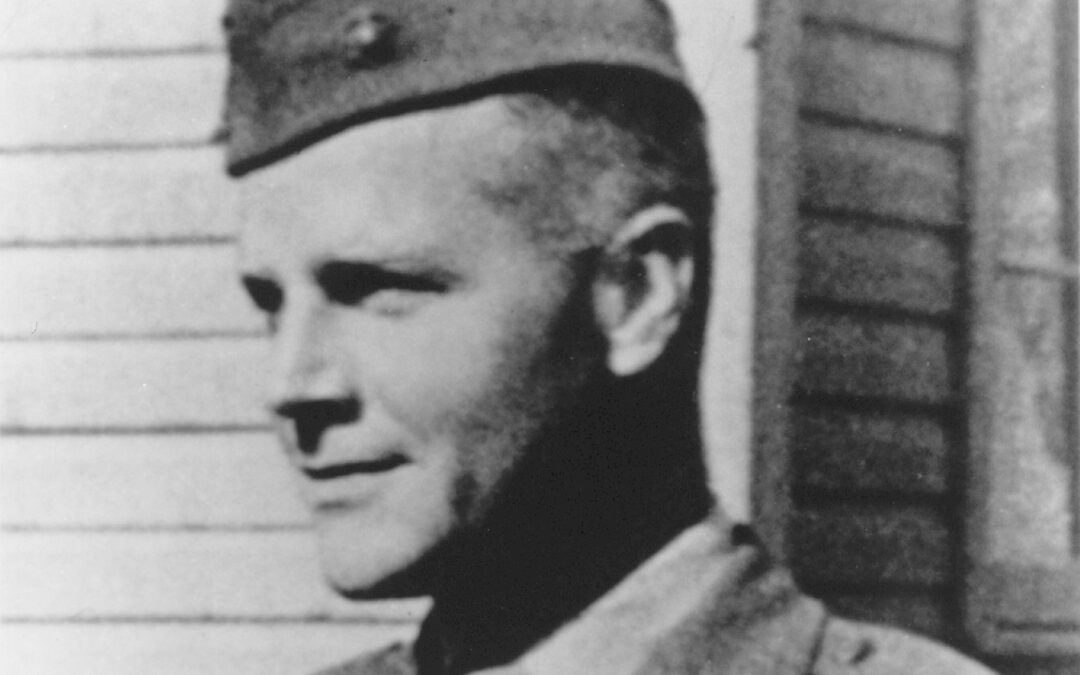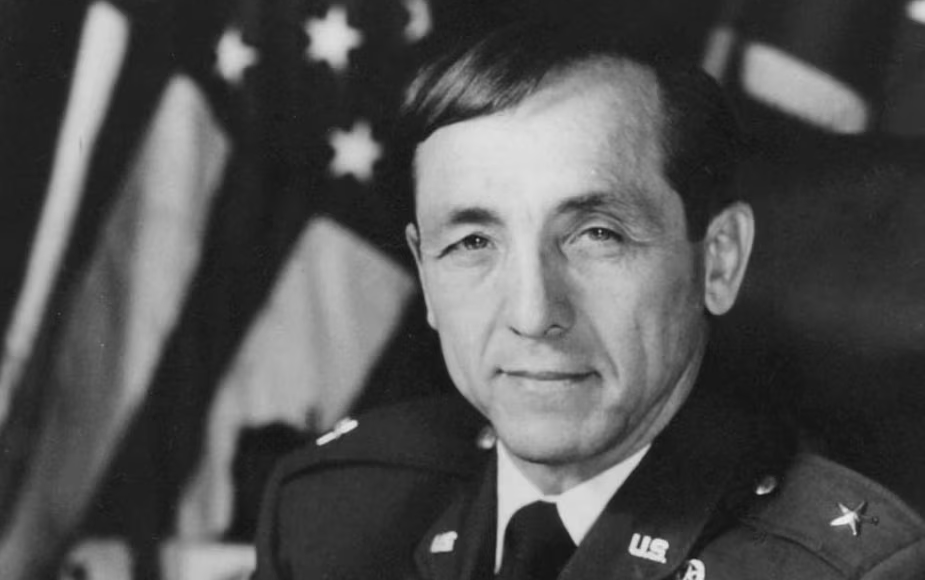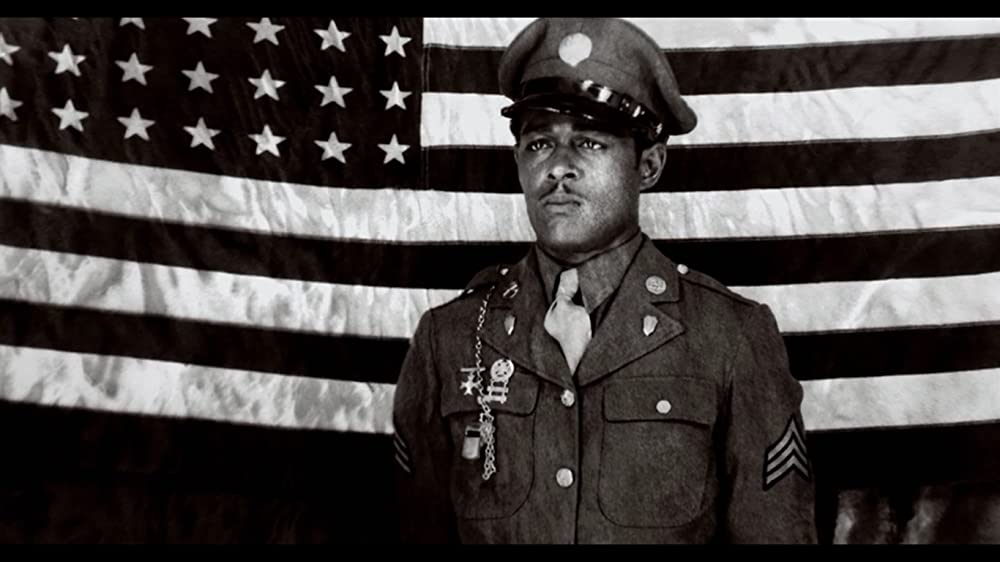Even at the time, the idea was kind of crazy. Untold numbers of heavy bombers, flying in massive formations without any kind of fighter escort, would fly to heavily-defended targets inside Nazi Germany to drop a 6,000-pound bomb load and come home – all during broad daylight. If that sounds like an incredibly dangerous mission to you, you're correct. "Masters of the Air," a new limited series from Executive Producers Tom Hanks and Steven Speilberg, will debut on January 26, 2024, on Apple TV+ and will show viewers just how devastating air combat over Nazi Germany really was. Masters of the Air — Official Teaser | Apple TV+ The Harsh Realities of B-17 Bomber Crews A B-17 Flying Fortress crew had a 50-50 chance of coming home alive during a bombing mission. The average age of a bomber crew was just 25 years old, and they were expected to fly over a target 25 times before they could go home. Needless to say, there were a lot of airmen (and aircraft) that never made it to 25 missions....
